The Ribbentrop-Ciano Diktat. Transylvania and the Romanian-Hungarian Relations 1940-1944 - Vasile Puscas
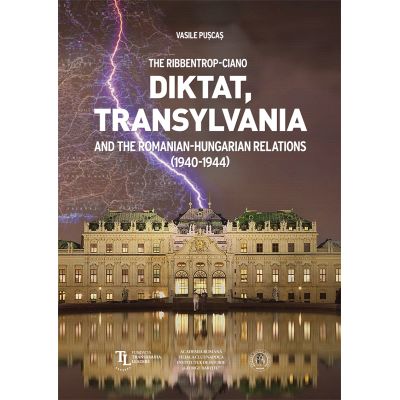
Detalii The Ribbentrop-Ciano Diktat. Transylvania and
The Ribbentrop-Ciano Diktat. Transylvania and - Disponibil la grupdzc.ro
Pe YEO găsești The Ribbentrop-Ciano Diktat. Transylvania and de la Scoala Ardeleana, în categoria Diverse.
Indiferent de nevoile tale, The Ribbentrop-Ciano Diktat. Transylvania and the Romanian-Hungarian Relations 1940-1944 - Vasile Puscas din categoria Diverse îți poate aduce un echilibru perfect între calitate și preț, cu avantaje practice și moderne.
Preț: 95.15 Lei
Caracteristicile produsului The Ribbentrop-Ciano Diktat. Transylvania and
- Brand: Scoala Ardeleana
- Categoria: Diverse
- Magazin: grupdzc.ro
- Ultima actualizare: 28-10-2025 01:22:05
Comandă The Ribbentrop-Ciano Diktat. Transylvania and Online, Simplu și Rapid
Prin intermediul platformei YEO, poți comanda The Ribbentrop-Ciano Diktat. Transylvania and de la grupdzc.ro rapid și în siguranță. Bucură-te de o experiență de cumpărături online optimizată și descoperă cele mai bune oferte actualizate constant.
Descriere magazin:
Editorial project published under the aegis of George Baritiu Institute of History The Romanian Academy and Transylvania Leaders Foundation. Translated from the Romanian by Doina-Elisabeta Mihalcea However since 1943 the Chancelleries of Moscow London Washington have been more and more concerned with Transylvania. In most cases the interest of the Great Powers has been to maneuver Central European states on the basis of territorial aspirations sometimes hidden under the slogan of minority rights . Transylvania continued to be seen as a territory of compensation In fact the case of German-Italian arbitration and mediation in the Transylvanian issue 1940-1444 had less to do with the real rights of any minority except perhaps of the German minority because the population of Transylvania has experienced all the sufferings from the nightmare of mass murders Romanians in Northern Transylvania to refugees expulsions loss of property and unimaginable frustrations as evidenced by the reports of the two German-Italian joint commissions inserted in this volume. Moreover it contributed to the aggravation of the relations between Romania and Hungary with consequences for them and for this part of Europe still insufficiently revealed by the historiographical investigation. At the end of World War II both the Westerners and the Soviets reached the common conclusion that a better ethnic border between Romania and Hungary than the one drawn by the Trianon Treaty was not possible. But this decision came after a huge historical tragedy experienced by Transylvanian inhabitants Romanians Hungarians Jews Germans etc. between 1940 and 1944. It was a traumatic experience both for the Romanian and Hungarian population. Vasile Puscas

Produse asemănătoare

The Ribbentrop-Ciano Diktat. Transylvania and the Romanian-Hungarian Relations 1940-1944 - Vasile Puscas
![]() grupdzc.ro
grupdzc.ro
Actualizat in 28/10/2025
95.15 Lei
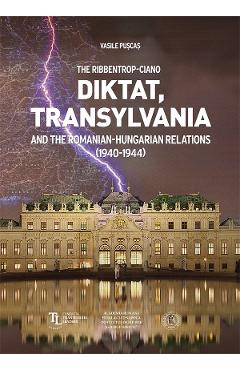
The Ribbentrop-Ciano Diktat, Transylvania and the Romanian-Hungarian Relations (1940-1944) - Vasile Puscas
![]() libris.ro
libris.ro
Actualizat in 27/10/2025
89.86 Lei

The Ribbentrop-Ciano Diktat, Transylvania and the Romanian-Hungarian Relations - Vasile Puscas
![]() libris.ro
libris.ro
Actualizat in 27/10/2025
89.86 Lei
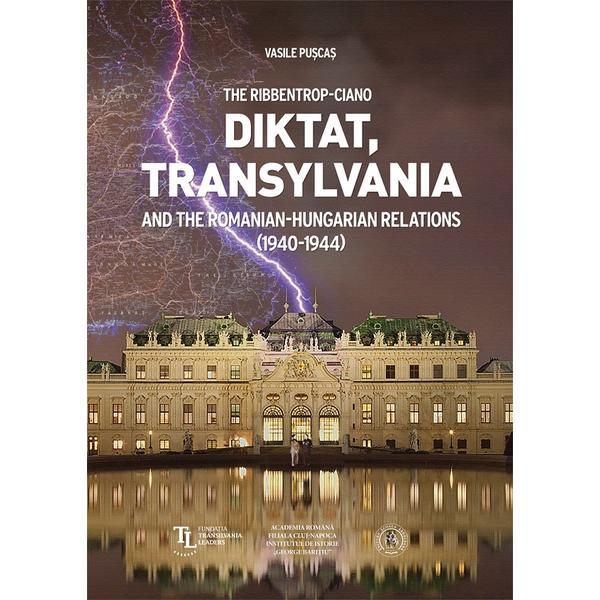
The Ribbentrop-Ciano Diktat, Transylvania and the Romanian-Hungarian Relations - Vasile Puscas, editura Scoala Ardeleana
![]() esteto.ro
esteto.ro
Actualizat in 26/10/2025
89.86 Lei
Produse marca Scoala Ardeleana
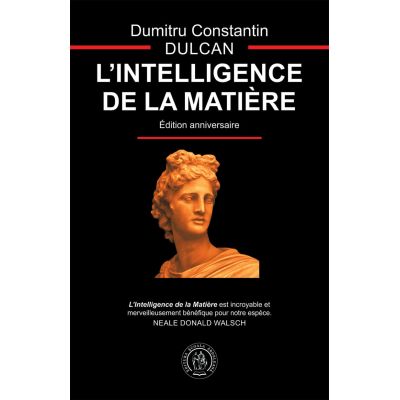
LIntelligence de la Matiere - Dumitru Constantin-Dulcan
![]() grupdzc.ro
grupdzc.ro
Actualizat in 28/10/2025
95.15 Lei
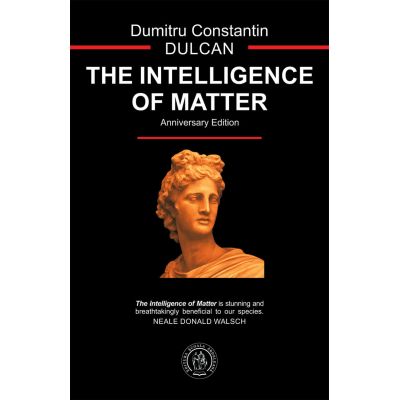
The Intelligence of Matter - Dumitru Constantin-Dulcan
![]() grupdzc.ro
grupdzc.ro
Actualizat in 28/10/2025
95.15 Lei

Jean Starobinski plenitudinea posibila - Angela Martin
![]() grupdzc.ro
grupdzc.ro
Actualizat in 28/10/2025
38.06 Lei

Marea din spatele caselor de piatra cu acoperisul rosu - Nicolae Avram
![]() grupdzc.ro
grupdzc.ro
Actualizat in 28/10/2025
33.3 Lei


